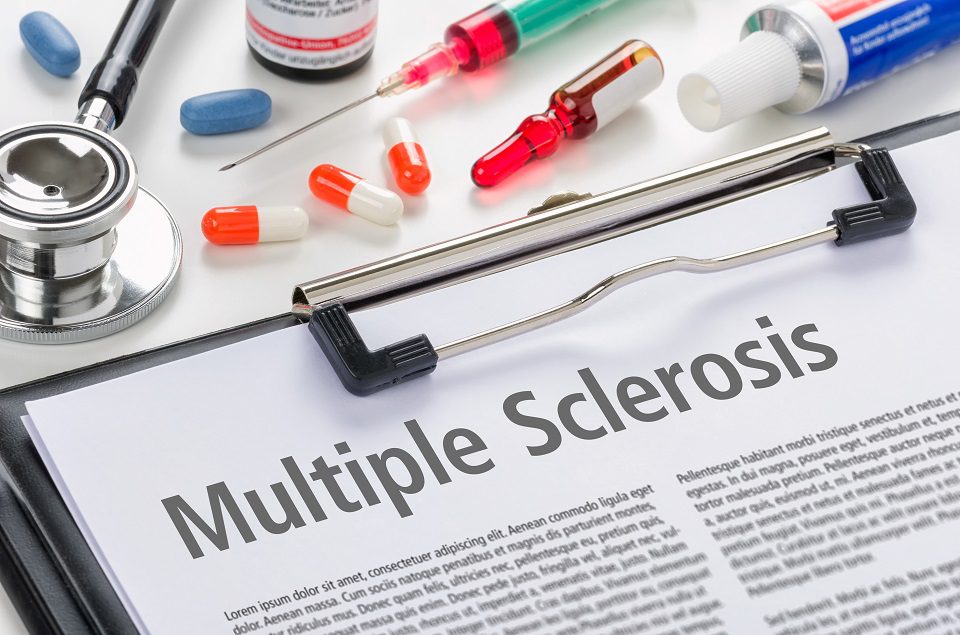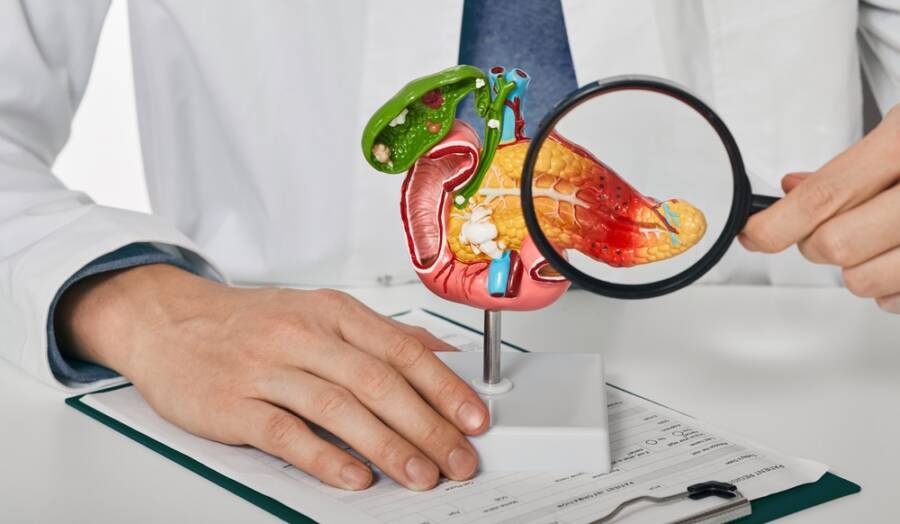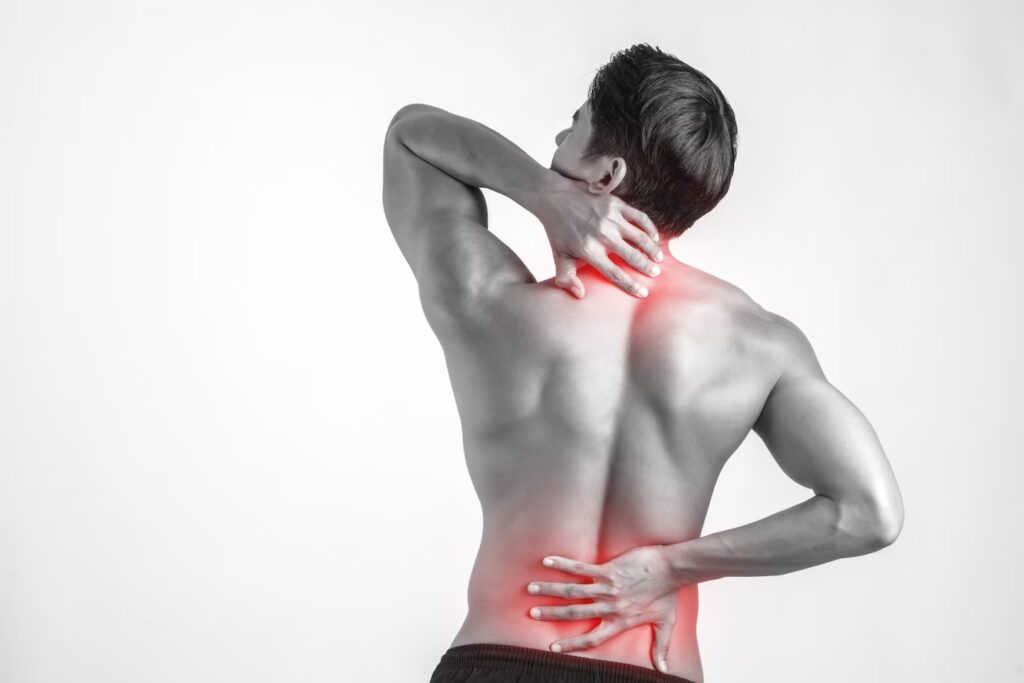Have you been having more and more muscle pain and you do not know where it came from?
Before we dive into what concerns us most (muscle pain related conditions), let’s find out how muscle pain occurs first. Also known as myalgia, muscle pain is something we all experience at some point in life. It can feel quite different from person to person, but all doctors agree that the most common symptoms are cramping, aching, burning, or a stabbing-like sensation.
So… what causes it? Well, playing basketball with your friends all weekend is a pretty obvious factor, along with pushing your limits at the gym, but what’s the answer when these types of factors don’t correlate with your lifestyle? It’s simple: go to the doctor!
Muscle pain can be caused by medication, too. According to a physical medicine and rehabilitation doctor at NorthShore University Health System in Chicago, George Kannankeril, MD, muscle pain caused by intense physical activity (muscle soreness) should last two days or so. If it lasts more than one week, call your doctor as soon as possible.

1. Fibromyalgia
This health condition is characterized by constant tenderness and pain felt throughout the entire body, often accompanied by sleep issues and fatigue. The American College of Rheumatology (ACR) notes that fibromyalgia may also lead to memory and mood problems.
In fact, Dr. Kannankeril explains that most fibromyalgia patients report having the blues before the onset of unbearable pain. Even the smallest things are emotional triggers for fibromyalgia patients. So, if you’ve felt strange lately with ongoing muscle pain, maybe you have fibromyalgia.
Take into consideration that this rheumatologic condition has specific patterns when it comes to pain. Muscle pain caused by fibromyalgia is usually felt on both sides of the body, including below and above the waist. If you think your muscle pain matches this description, contact your doctor.
2. Arthritis
Most people tend to associate arthritis with joint pain, and while they are entitled to do so, arthritis can also cause muscle pain. Arthritis patients often feel pain in their muscles, too. So, yeah, pain and stiffness in the joints are the main symptoms of arthritis, but it doesn’t mean that you can not experience muscle pain, as well.
When there’s pain, and inflammation felt in the area of the joints, the muscles around it will be affected too. If you think that your muscle pain is more, maybe it’s time to call your doctor, especially when pain relievers didn’t help. You could have a type of arthritis without even realizing it.
Make sure you keep your joints in great condition by giving them a boost with these turmeric and black pepper extract supplements!
3. An infection
Muscle pain that actually results from a bacterial or viral infection (coronavirus included) is caused by muscle fiber damage. If you’ve tried several muscle soreness remedies, including pain relievers, and nothing seems to work for you, look for other signs and symptoms.
Most people could also experience fever and nausea. Malaria, coronavirus, and trichinosis are all infections that can lead to muscle pain. It’s important to bear in mind that muscle pain that results from an infection is usually felt throughout the entire body.
Contact your doctor if you experience muscle pain accompanied by a fever.
4. Lyme disease
As we’ve mentioned before, muscle pain can root from a bacterial infection, too. A single bite of a black-legged tick could transmit the bacteria known as Borrelia burgdorferi. The main sign of Lyme disease is the hallmark bullseye-like rash, but, sadly, this type of rash doesn’t show up in all patients.
Other early symptoms include a flu-like fever, stiff neck, aches, and tiredness. If you experience any of these, especially when you’ve been exploring outdoor places like forests, and national parks, talk to your doctor as soon as possible. Maybe you’ve been bitten by a tick, and your muscle pain is actually a result of Lyme disease.
P.S.: When left untreated, Lyme disease could even cause eye inflammation.

5. Rhabdomyolysis
Rhabdomyolysis, often called by most doctors, rhabdo is a severe medical condition resulting in permanent disability. Sometimes it can be fatal. Rhabdo is basically muscle damage that comes from overexertion, toxic substances, or trauma.
In fact, rhabdomyolysis is pretty common among athletes and military personnel. Extreme workouts often translate to this condition, leading eventually to muscle tissue breakdown and myoglobin released into the bloodstream. This protein can also lead to kidney damage.
Overexertion is no joke. If you feel like you are not able to do it, don’t. In case we are talking about rhabdomyolysis that’s actually causing muscle pain, seek medical help immediately.
6. An inflammatory condition
Those who are older than 65 should be evaluated periodically for inflammatory muscle conditions such as polymyalgia rheumatica (PMR). It’s an inflammatory disorder that usually causes muscle pain and stiffness, especially when it comes to the shoulders. People over 65 are more prone to develop it.
The worst part? PMR symptoms show up overnight. If you’re over 65 and have trouble getting dressed all of a sudden or you can’t get in the car without help, you could have an inflammatory condition, namely polymyalgia rheumatica. Don’t neglect these signs and symptoms, especially if you’re in your golden years now.
7. The flu
While it shouldn’t be that complicated to determine whether you have the flu or not, sometimes it may hit you with mild symptoms at first. Muscle pain, headaches, congestion, sore throat, sweats, and extreme tiredness are the most common symptoms.
Muscle pain associated with the flu is caused by cytokines (inflammatory proteins) that break down muscle proteins, leading to soreness. Those who are 65 or older, as well as pregnant ladies, should seek immediate help, as they are more likely to develop complications.
Also, don’t forget about your flu shot!
8. Medication side effects
Sadly for most of those who take prescribed meds, certain medications could lead to muscle pain. In fact, it’s a common side effect of medication. So, what’s supposed to keep you in tip-top shape, may result in other not-so-pleasant things like muscle pain.
Your doctor could tell you if medication is the culprit or not. He or she might need your medical history and several lab tests to determine the root cause. A common drug used to treat Alzheimer’s disease, Donepezil is known to cause muscle pain. Some statin medications for cholesterol could cause muscle pain, too.
Just talk to your doctor before making any assumptions.

9. Multiple sclerosis
In general, muscle pain is a common symptom of many health conditions, and unfortunately, it often goes overlooked. Maybe because we don’t think of a serious disease when it comes to muscle pain, and that’s understandable; however, it’s important to remember that muscle pain could translate to multiple sclerosis, too, not just an intense workout at the gym.
Multiple sclerosis is basically a disease that strikes the nervous system, leading to nerve damage. This type of damage is characterized by muscle weakness, muscle pain, fatigue, numbness, and tremors. You could also experience vision issues and difficulty speaking.
Call your doctor immediately if you experience any of these.
10. Guillain-Barré Syndrome (GBS)
Although there’s a small chance you could have Guillain-Barré Syndrome, it’s our duty to highlight it. Guillain-Barré Syndrome (GBS) is a pretty rare disorder characterized by a malfunction within someone’s immune system. In other words, your body’s own immune system attacks your nerves. This malfunction usually appears after a bacterial or viral infection.
People who have Guillain-Barré Syndrome could experience muscle pain and muscle weakness. It’s a specific type of muscle pain, though. The pain often starts in the legs of a patient, traveling up to his/her arms. Some people may also experience loss of balance, reduced bladder control, as well as tingling extremities.
11. Coronavirus
If you check the CDC’s list of COVID-19 symptoms, you will most likely spot muscle pain in mere seconds. Muscle pain is pretty common among COVID-19 patients; however, in case you have coronavirus, this symptom should be accompanied by others.
The incident commander for the Respiratory Diagnostic Center at UNC Medical Center in Chapel Hill, Amir Barzin, DO, MS, says that coronavirus-related muscle pain (myositis) is basically the inflammation of the tissue, and it’s really common when it comes to most viruses, including coronavirus but not limited to it.
Bear in mind that myositis is a generalized type of pain. Plus, you can’t confuse virus-related pain with exercise-induced pain. The latter tends to disappear after two days or so, while the other will stay for longer (even weeks).
Muscle pains aren’t the only signs of other more complicated illnesses! Make sure you know the signs that could indicate that you have type 2 diabetes!













